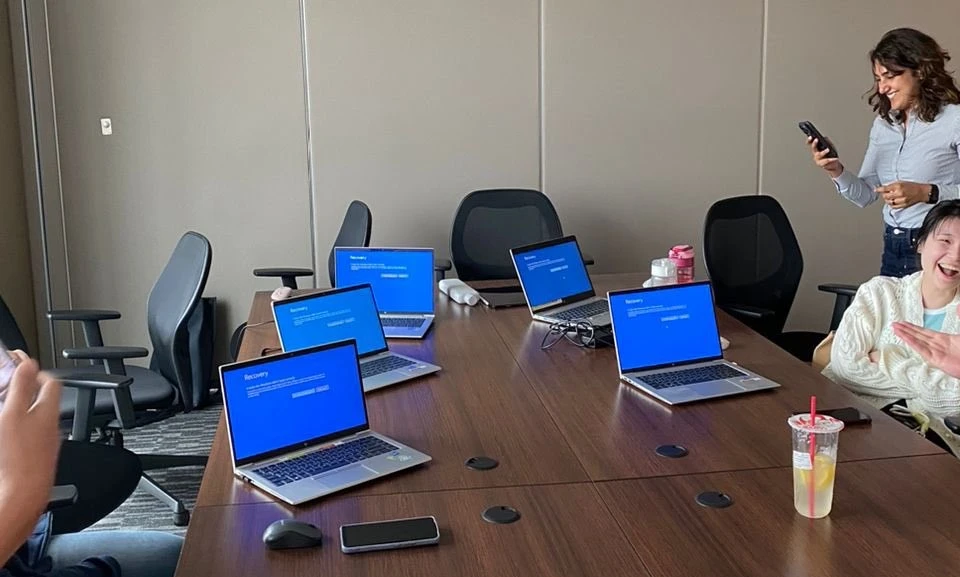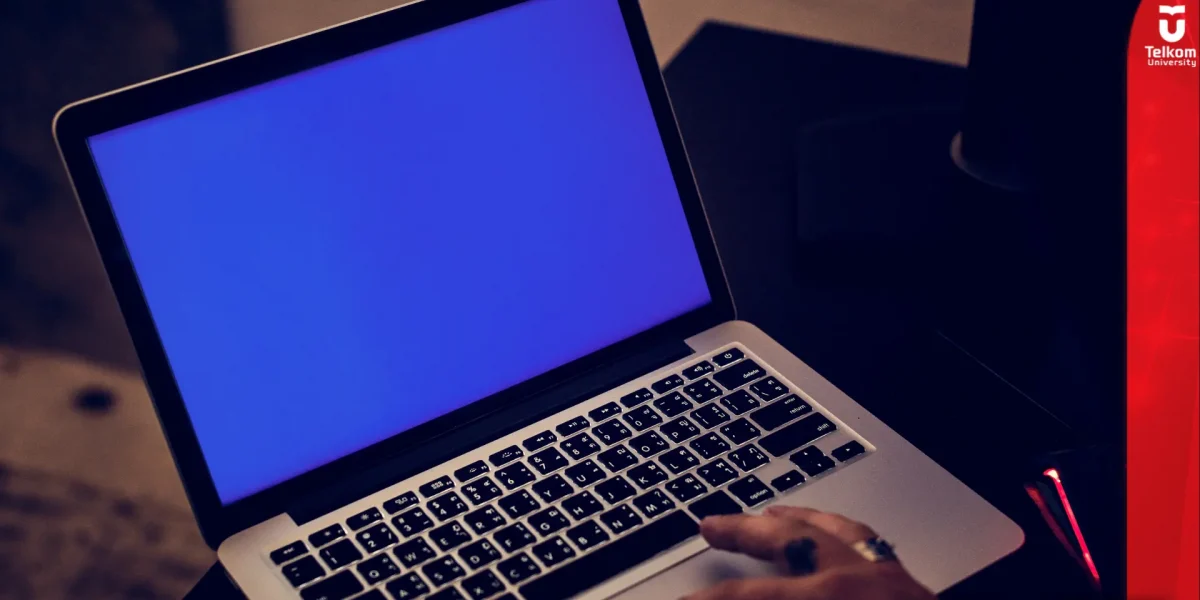Blue Screen of Death (BSOD): A Phenomenon That Goes Viral Again
Jakarta, July 19, 2024 – Blue Screen of Death, or often shortened to BSOD, is a term used to describe the error screen displayed by the Windows operating system when it experiences a critical system error that cannot be reported. This phenomenon has been going viral again lately due to various factors, including problematic software updates and hardware instability. This article will discuss what BSOD is, its causes, and how users can resolve this issue.

Image source: X.com/sxchopea
What is the Blue Screen of Death?
The Blue Screen of Death is a blue screen that appears in Windows when the operating system experiences a critical error. This screen usually displays error messages and codes that assist technicians in diagnosing the problem that occurred. BSOD can occur on various versions of Windows, from Windows 95 to Windows 10 and 11.
The Beginning of the Blue Screen of Death
On Friday (19/7/2024), Windows users in various countries began to report Blue Screen of Death (BSOD) incidents en masse. This blue screen of death not only annoys ordinary users, but also paralyzes important systems such as banking, aviation, and government.
Causes Revealed
An in-depth investigation revealed that the main cause of this incident was a problem with the cybersecurity software, CrowdStrike. The company acknowledged that there was a malfunction in the Windows host related to the Falcon Sensor. This damage causes the Windows system to crash suddenly.
There are various causes that can trigger BSOD, including:
- Hardware Problems: Damage to components such as RAM, hard drive, or graphics card can cause BSOD.
- Problematic Drivers: Outdated or incompatible drivers with the operating system can trigger system errors.
- Software Updates: Windows updates or other buggy applications can cause BSOD.
- Overheating: Excessive heat in hardware components can cause the system to fail.
- Virus or Malware: Infection by malicious software can damage the operating system and cause BSOD.
The Alarming Impact of the Blue Screen of Death
This mass BSOD incident resulted in significant material and time losses for various parties. Users used to lose access to their devices, while affected companies experienced operational disruptions and potential financial losses.

Blue Screen of Death Handling and Prevention Measures
CrowdStrike has provided a temporary solution for affected users, but there has been no official statement regarding the root cause and long-term remedial measures. Cybersecurity experts emphasized the importance of having backup systems and disaster recovery plans in place to deal with similar situations in the future.
Here are some steps that can be taken to overcome BSOD:
- Restart Computer: The first step that can be done is to restart the computer. This can help resolve the issue temporarily.
- Check for Updates: Make sure the operating system and all hardware drivers are updated to the latest versions.
- Check Hardware Components: Perform a check on the hardware components to ensure that none are damaged.
- Scan for Viruses and Malware: Use antivirus software to check for and clean any possible infections.
- Safe Mode: Start the computer in safe mode to isolate and fix problems.
- Professional Consultation: If the problem persists, it is recommended to consult a professional technician.

Why did Blue Screen of Death go viral?
Lately, BSOD has gone viral for several reasons:
- Problematic Windows Update: A recently released Windows update has been known to cause BSOD on some devices.
- Social Media: Users shared their experiences on social media, making the issue a hot topic.
- Tech Influencers Influence: Several tech influencers discuss BSOD in their content, attracting more people’s attention.
- Security Awareness: Growing awareness of the importance of keeping devices safe from viruses and malware has also contributed to increased attention towards BSODs.

